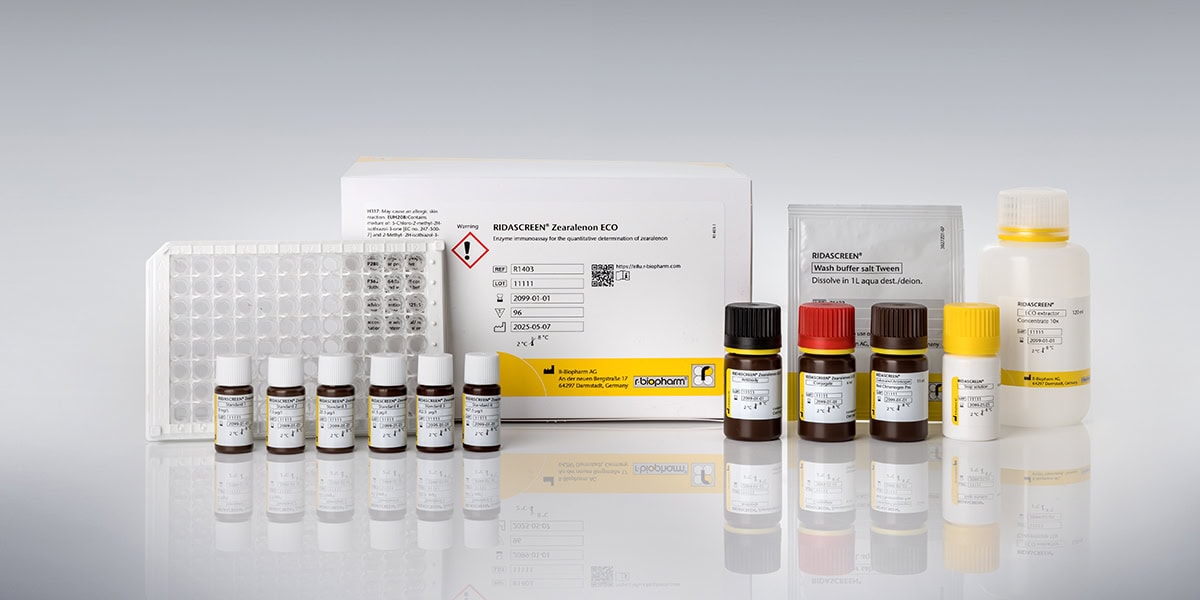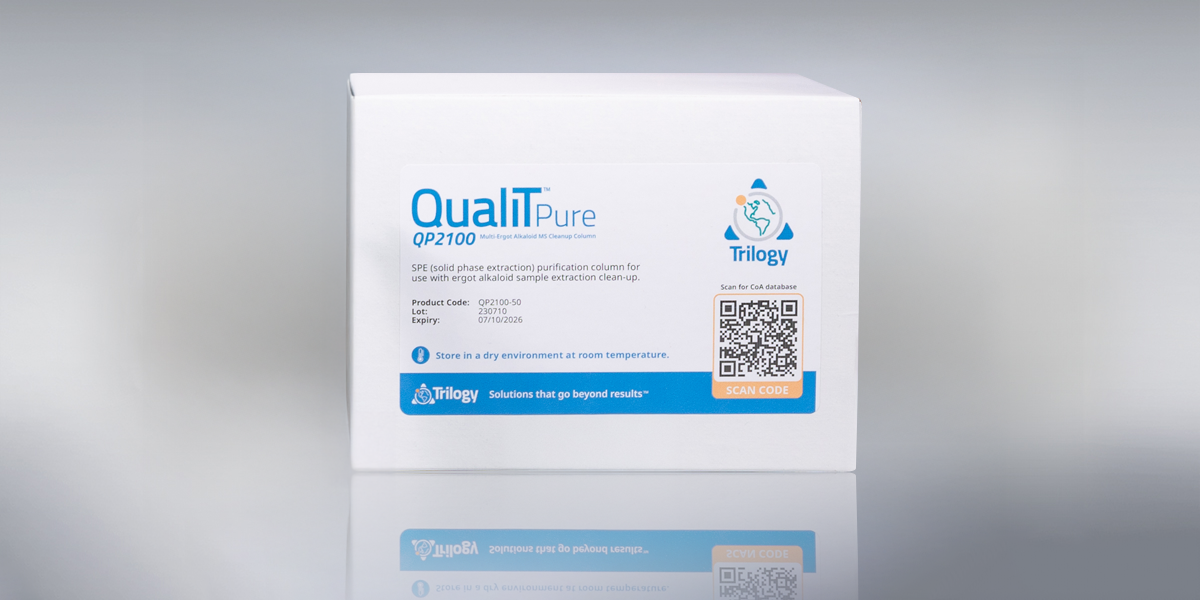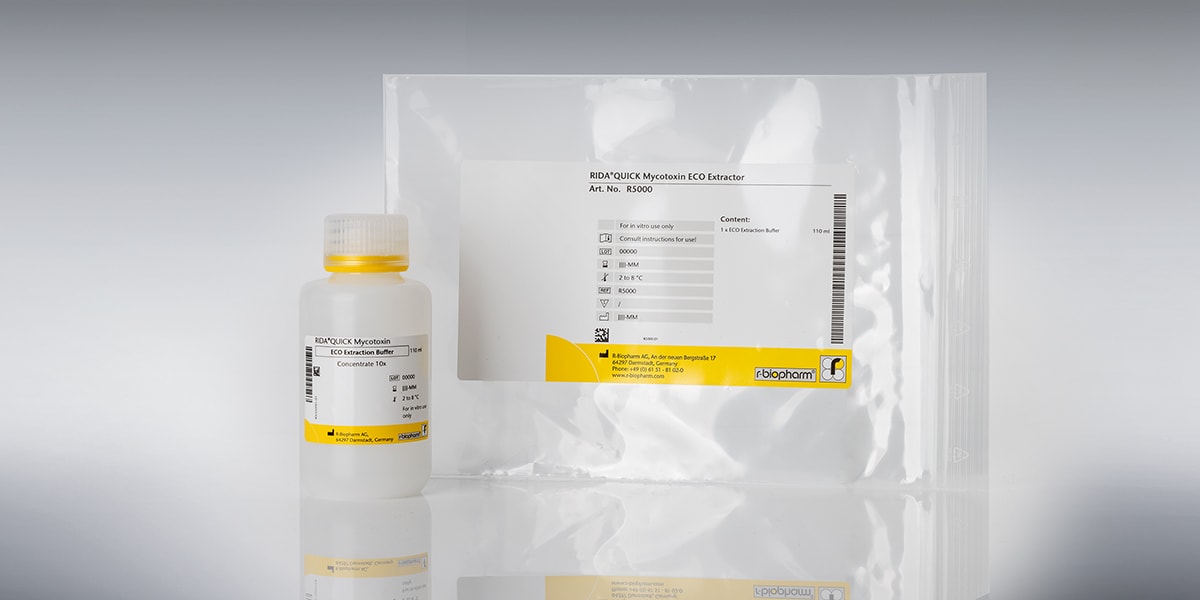
Recent news in Food & Feed Analysis
- Home
- /
- How contaminated with mycotoxins...
How contaminated with mycotoxins is the grain harvest this year?

This year’s grain harvest has begun. After the very changeable weather conditions, the question arises whether the harvest could possibly be contaminated with mould. What does this mean for the harvest and the resulting products?
In view of the climatic conditions this year, it is expected that the forthcoming harvest yields of wheat and barley in Germany will still be below the previous year’s level. The quantity may vary depending on the region. This was triggered by the low rainfall in spring and the late onset of frost (Source).
Corn cultivation, on the other hand, has not been affected by the weather conditions and yields are expected to remain stable compared to 2019. There are even signs of an increase in wheat and corn harvests worldwide. However, the German Raiffeisen Association expects the warm and humid weather to increase the risk of fungal infections in wheat (Source, Source).
The first mycotoxin occurrences in south Germany indicate an increased DON load as a result of the rainy weather during the flowering phase. However, due to the staggered flowering period in the north, the subsequent precipitation there may also have favoured contamination with DON.
Due to the moulds, there is a risk of mycotoxins being formed, which, depending on their concentration, may pose a risk to the consumer. The mycotoxin deoxynivalenol, or DON for short, will play an important role. It can be assumed with high probability that the limit values in the maize, barley and wheat harvests will be exceeded in some regions, not only in Germany, but throughout Europe (Source).
It is important for the buyers of grain deliveries to pay special attention to the detection of DON this year. In the already stressful harvest period, mycotoxin analysis should not become an additional burden. Fast results are essential to counter the time pressure at goods receipt. The results must also be reliable, as wrong decisions can become expensive if no buyer can be found for the contaminated goods or recalls are threatened.
The new improved rapid test RIDA®QUICK DON RQS ECO supports you optimally in the analysis of grain. Incubation time and extraction are very fast, so that the result from the ground sample to the evaluation of the RIDA®SMART APP takes just about 7 minutes. The reliability of the test allows even small amounts of the mold toxins to be detected. This means that the harvested quantities can be tested for contamination directly on site to provide the consumer with a safe food product.



